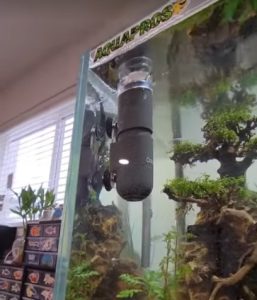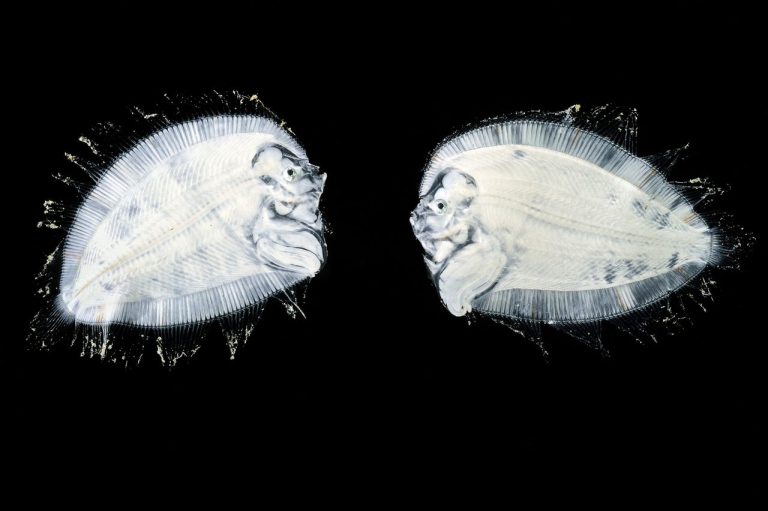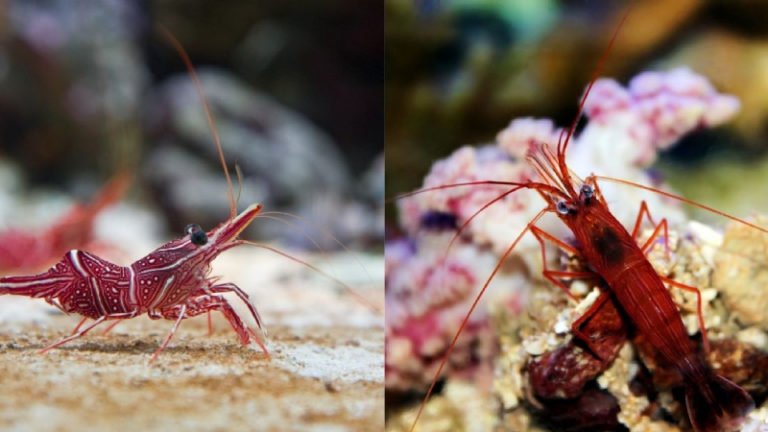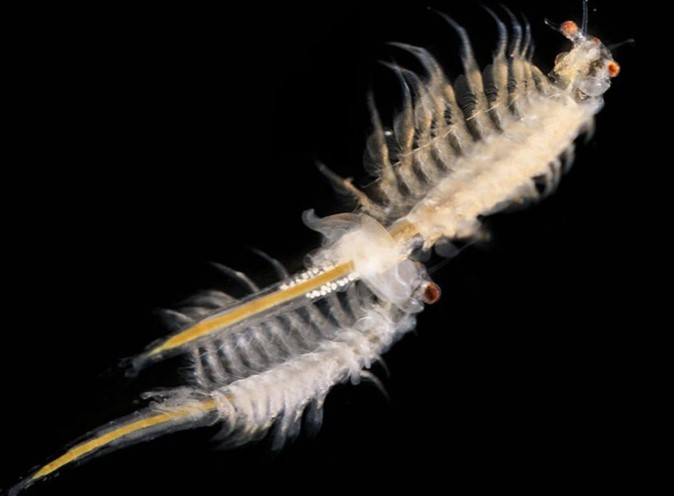Side Filter Aquarium
Does your aquarium need a side filter?
If you’re an aquarium enthusiast, you know the importance of maintaining clean and healthy water for your aquatic pets. One essential component of a well-functioning aquarium is a reliable filtration system. While there are various types of filters available, the side filter is a popular choice among many aquarists.
In this article, we’ll dive into the world of side filters for aquariums and explore their benefits, installation process, maintenance requirements, and more. Whether you’re a beginner or an experienced aquarist, this article will provide you with valuable insights on why a side filter can be a great addition to your aquatic setup.
What is a side filter?
A side filter, also known as a hang-on-back (HOB) filter, is a type of aquarium filter that is attached to the back of the tank. It is designed to remove debris, toxins, and impurities from the water, keeping it clean and safe for your fish and other aquatic inhabitants. The side filter works by using a pump to draw water from the tank, passing it through various filter media, and then returning it back into the aquarium.

Benefits of using a side filter
Side filters offer several benefits that make them a popular choice among aquarium enthusiasts. Let’s take a closer look at some of these advantages:
1. Easy installation: One of the biggest advantages of a side filter is its ease of installation. Unlike other filter systems that require complex plumbing or intricate setups, a side filter can be simply hung on the back of the aquarium, making it a convenient option for both beginners and experienced aquarists.
2. Space-saving: Side filters are compact in design and do not take up valuable space within the aquarium. They hang on the outside of the tank, leaving the interior free for decorations, plants, or additional fish.
3. Effective filtration: Side filters are known for their efficient filtration capabilities. They are equipped with different filter media, such as mechanical, biological, and chemical filters, which work together to effectively remove debris, harmful chemicals, and toxins from the water. This helps maintain optimal water quality, ensuring a healthy environment for your aquatic pets.
4. Versatility: Side filters can be used in various types of aquariums, including freshwater, saltwater, and planted tanks. They can handle different tank sizes and are suitable for a wide range of fish species.
5. Adjustable flow rate: Many side filters feature adjustable flow rates, allowing you to control the water flow according to the needs of your aquarium. This is particularly useful for delicate or sensitive fish species that require specific water conditions.
Installation process of a side filter
Installing a side filter for your aquarium is a straightforward process. Follow these steps to ensure a proper installation:
1. Choose the right size: Select a side filter that is appropriate for the size of your aquarium. Check the filter’s capacity and make sure it can handle the volume of water in your tank.
2. Preparation: Before installing the side filter, make sure to read the manufacturer’s instructions and gather all the necessary equipment. This may include filter media, tubing, and any additional components.
3. Placement: Hang the side filter on the back wall of the aquarium, ensuring that it is securely attached. Most side filters come with adjustable brackets or hooks that can be easily adjusted to fit different tank widths.
4. Connect the tubing: Attach the tubing provided with the side filter to the inlet and outlet ports. The inlet tube should be submerged in the tank to draw water, while the outlet tube should direct the filtered water back into the aquarium.
5. Prime the filter: Fill the side filter with water and plug it into a power source. This will help prime the filter and start the filtration process.
6. Add filter media: Depending on the type of side filter you have, you may need to add filter media, such as filter pads, activated carbon, or bio-balls. Refer to the manufacturer’s instructions for the correct placement of these media.
7. Adjust flow rate: If your side filter has an adjustable flow rate, set it according to the needs of your aquarium. This can be done using a control knob or switch usually located on the top or side of the filter.
8. Monitor and fine-tune: Once the side filter is installed, monitor its performance and make any necessary adjustments. Check the water clarity and ensure proper water flow through the filter system.
Maintenance of a side filter
To ensure the optimal performance of your side filter, regular maintenance is essential. Here are some maintenance tasks to incorporate into your aquarium care routine:
1. Cleaning the filter media: Over time, the filter media inside the side filter can become dirty and clogged. Remove the media and rinse it with aquarium water to remove debris and restore its filtering efficiency. Avoid using tap water, as it may contain harmful chemicals that can disrupt the balance of your aquarium.
2. Replacing filter media: While cleaning the filter media helps extend its lifespan, eventually, it will need to be replaced. Follow the manufacturer’s guidelines on when to change the media to maintain effective filtration.
3. Cleaning the filter intake: The intake of the side filter can accumulate debris, obstructing the flow of water. Regularly inspect and clean the intake to ensure smooth water flow.
4. Maintaining the water level: Side filters rely on a consistent water level to function properly. Regularly check the water level in your aquarium and top it up if necessary.
5. Checking for leaks: Inspect the side filter and all the connections for any signs of leaks. If you notice any leaks, address them promptly to prevent water damage or potential malfunctions.
Frequently Asked Questions
1.Can a side filter be used in a saltwater aquarium?
Yes, side filters can be used in both freshwater and saltwater aquariums. However, keep in mind that saltwater aquariums may require additional filtration methods, such as protein skimmers or refugiums, depending on the specific needs of the marine inhabitants.
2.How often should I clean the side filter?
The frequency of filter cleaning depends on various factors, including the size of your aquarium, the number of fish, and the type of filter media used. As a general rule of thumb, it is recommended to clean the side filter and replace the filter media every 2-4 weeks. However, regular monitoring of the water quality will help determine the ideal cleaning schedule for your specific aquarium.
3.Can I run a side filter alongside other types of filters?
Yes, side filters can be used in conjunction with other types of filters, such as canister filters or sponge filters. This combination can provide enhanced filtration and ensure optimal water quality in your aquarium. However, be mindful of the overall flow rate and avoid creating excessive water movement that might stress your fish.
Final Thoughts
Investing in a side filter for your aquarium is a wise decision that can greatly contribute to the health and well-being of your aquatic pets. With their easy installation, compact design, and efficient filtration capabilities, side filters offer a convenient solution for maintaining clean and clear water in your aquarium.
Remember to choose a side filter that is suitable for the size of your tank and perform regular maintenance to keep the filter running smoothly. By incorporating a side filter into your aquarium setup, you can create a thriving aquatic environment that your fish and other inhabitants will enjoy for years to come. Happy aquarium keeping!






